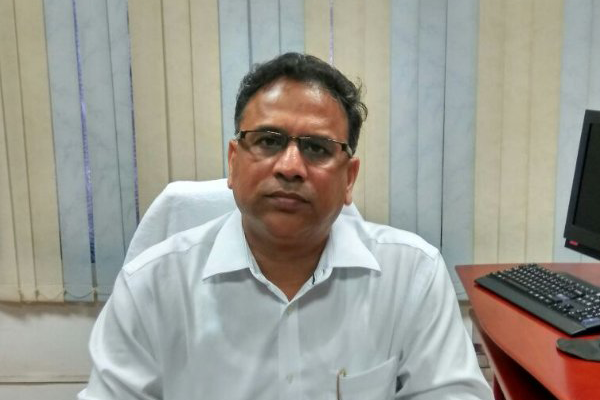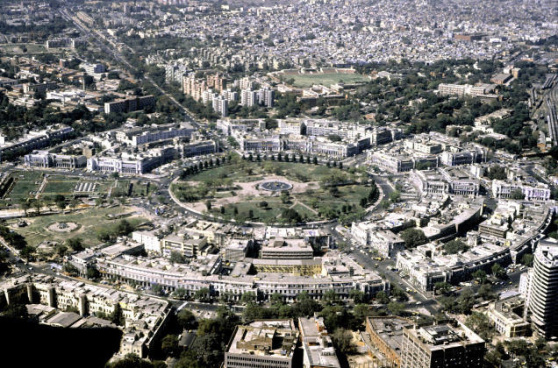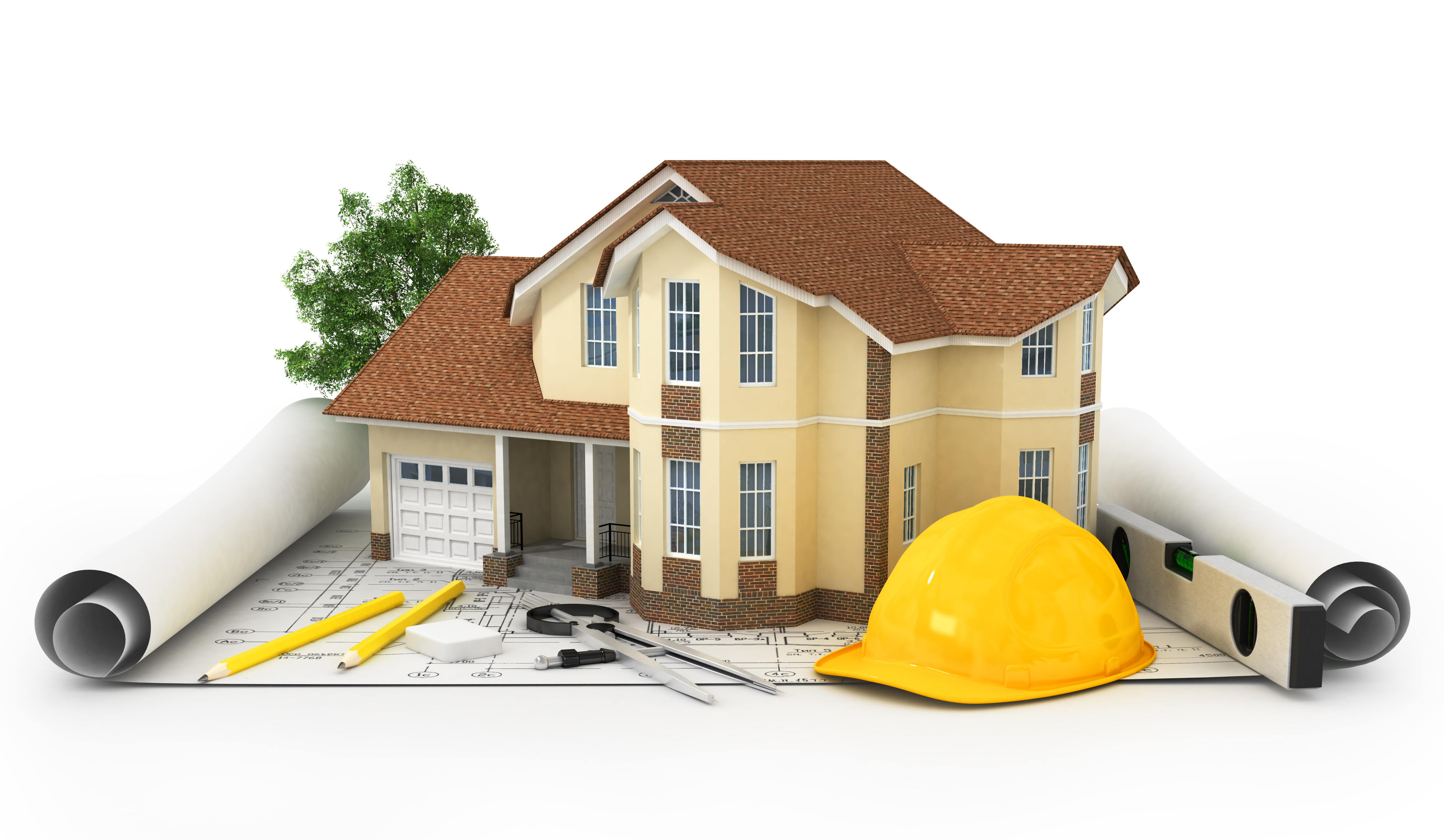
With India’s urban population reaching 482 million, the urban demographic has increased from 17.3% in 1950 to 35% in 2020. This trend is expected to continue, with metropolitan areas predicted to accommodate 40% of India’s population by 2030 and contribute 75% of the national GDP. This surge in urban population underscores the necessity for intelligent technologies in managing the complexities of urban living, both presently and in the future.
The shift from rural to urban areas brings significant challenges for city managers and urban planners. Issues such as escalating traffic congestion, increasing carbon emissions, deteriorating air quality, difficulties in waste management, and the pressure on utilities highlight the urgent need to develop more smart cities capable of supporting large populations efficiently.
The foundation of smart cities lies in technology and data, enhancing living standards through the efficient use of resources. The Internet of Things (IoT) is at the forefront of this transformation, employing information and communication technologies to tackle urbanisation and sustainability challenges. Central to smart cities is the ability to gather and analyse data from diverse sources, exemplified by India’s Integrated Command and Control Centres in towns like Bengaluru, New Delhi, and Ahmedabad. IoT is a critical focus for urban developers. Moreover, The 2024-25 interim budget allocated $12 billion towards developing smart cities, emphasising the investment in IoT technologies.
IoT is revolutionising urban management through intelligent street lighting, traffic, and water management systems in various stages of deployment across Indian cities. For instance, the success of smart street lighting projects has encouraged more widespread implementation, marking a significant area where IoT impacts.
According to the Global Smart Street Lighting & Smart Cities: Market Forecast (2020-2029), over a quarter of global streetlights have been upgraded to LEDs. In India, the Smart Street Lighting National Program has installed more than 10.3 million smart LED streetlights, resulting in considerable energy savings, reduced peak demand, and lower greenhouse gas emissions annually.
The expansion of smart streetlight installations in India showcases the tangible benefits of such projects. For instance, Pune’s bright street lighting has achieved 30-35% energy savings, and New Delhi plans to install 90,000 smart street lights, significantly reducing energy use and CO2 emissions across cities. This success is encouraging broader IoT applications, with a report from Wi-SUN in 2022 noting a significant increase in the likelihood of IoT deployment for street lighting compared to earlier years.
Despite the advantages, IoT in smart cities presents critical challenges that need immediate attention. Security and privacy concerns regarding the data collected by IoT devices are paramount for municipalities, especially those operating under Public-Private Partnership (PPP) models.
Governments and businesses are urged to implement stringent data security practices, including design-level security, encryption, and secure data storage. Wireless mesh networks offer enhanced security and reliability, maintaining connections even if a node is compromised, thanks to their multiple connection paths. Additionally, Zero Trust architecture ensures continuous authentication, enhancing data security and privacy.
Smart cities must overcome the challenges of dense urban environments constructed from metal and concrete, which hinder network transmission. Wireless mesh networks, designed to navigate these obstacles, support extensive sensor networks crucial for densely populated cities.
While the transition to 5G networks promises enhanced data transmission capabilities necessary for smart cities, the deployment process is complex and resource-intensive. Overcoming data management challenges requires adaptive solutions, with wireless mesh technology proving effective for dense urban networks.
India’s Smart City Mission addresses the critical need for sustainable urban development in the face of rising populations. Integrating IoT into smart cities offers data-driven insights for tailored solutions addressing specific urban challenges. By selecting appropriate technologies, cities can navigate issues related to network connectivity, data privacy, standards, and funding, ensuring sustainable and technologically advanced urban development.





















